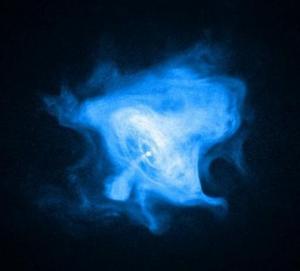Our DNA determines a lot about who we are and how we play with others, but recent studies of social animals (birds and bees, among others) show that the interaction between genes and behavior is more of a two-way street than most of us realize.
This is not a new idea to neuroscience, but one that is gaining strength, said University of Illinois entomology and neuroscience professor Gene Robinson, lead author of a review on the subject this week in the journal
Science. Stanford University biology professor Russell Fernald and Illinois cell and developmental biology and neuroscience professor David Clayton are co-authors.

© Sarah LondonClayton discovered in 1992 that gene expression changes in the brain of a zebra finch or canary when it hears a new song from a male of the same species.
Genes in the brain are malleable, turning on or off in response to internal and external cues. While genetic variation influences brain function and social behavior, the authors write, social information also alters gene expression in the brain to influence behavior.


